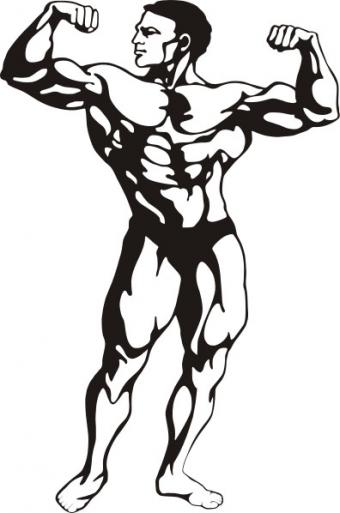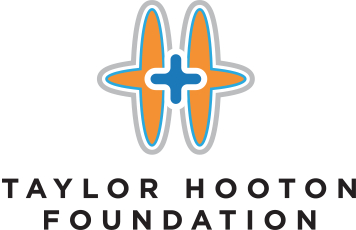April 13, 2015
Study finds cancer link for muscle-building supplements

A new study associates taking muscle-building supplements with an increased risk of testicular cancer. Men who used such pills and powders were more likely to have developed testicular cancer than those who did not, especially if they started before age 25, took more than one supplement, or used the supplements for three or more years.
PROVIDENCE, R.I. [Brown University] — Men who reported taking muscle-building supplements, such as pills and powders with creatine or androstenedione, reported a significantly higher likelihood of having developed testicular cancer than men who did not use such supplements, according to a new study in the British Journal of Cancer.
Moreover, said study senior author Tongzhang Zheng, the associated testicular germ cell cancer risk was especially high among men who started using supplements before age 25, those who used multiple supplements and those who used them for years.
“The observed relationship was strong,” said Zheng, who led the study at Yale University before joining the Brown University School of Public Health as a professor of epidemiology. “If you used at earlier age, you had a higher risk. If you used them longer, you had a higher risk. If you used multiple types, you had a higher risk.”
Testicular cancer incidence rose to 5.9 cases per 100,000 men in 2011, from 3.7 cases in 100,000 in 1975, Zheng said. Researchers aren’t sure why.
“Testicular cancer is a very mysterious cancer,” he said. “None of the factors we’ve suspected can explain the increase.”
The study is the first analytical epidemiological study of the possible link between supplements and testicular cancer, the authors wrote in the journal. The work was inspired by mounting evidence that at least some supplement ingredients may damage the testes.
“Our study found that supplement use was related to a higher risk of developing testicular cancer. These results are important because there are few identified modifiable risk factors for testicular cancer,” said Russ Hauser, professor of environmental health science at Harvard T.H. Chan School of Public Health and a main collaborator of the research.
Testing the odds
To conduct the study, Zheng’s research team conducted detailed interviews of nearly 900 men from Massachusetts and Connecticut — 356 of whom had been diagnosed with testicular germ cell cancer, and 513 who had not. In the interviews, researchers asked the men not only about their supplement use but also about a wide variety of other possible factors such as smoking, drinking, exercise habits, family history of testicular cancer, and prior injury to their testes or groin.
After tallying their data and accounting for all those possible confounders, as well as age, race, and other demographics, the researchers found that the men who used supplements had a 1.65 odds ratio (a 65-percent greater risk) of having developed testicular cancer compared to the men who did not use supplements.
The researchers defined “use” as consuming one or more supplements at least once a week for four consecutive weeks or more.
The odds ratios increased to 2.77 (a 177-percent greater risk) among men who used more than one kind of supplement, and to 2.56 among men who used supplements three years or longer. Men who started using supplements at age 25 or younger also had an elevated associated odds ratio of 2.21, the researchers calculated.
“Considering the magnitude of the association and the observed dose-response trends, muscle-building supplements use may be an important and modifiable exposure that could have important scientific and clinical importance for preventing testicular germ cell cancer development if this association is confirmed by future studies,” the authors conclude in the study.
Future large epidemiologic studies and lab experiments would be necessary to establish a causal link between supplements and testicular cancer.
The study’s lead author is Ni Li of Yale University and the Chinese Academy of Medical Sciences. Other authors are Pat Morey of Harvard T.H. Chan School of Public Health; Theodore R. Holford, Yong Zhu, Yawei Zhang, Bryan A. Bassig, Stan Honig, and Helen Sayward of Yale; Chu Chen and Stephen Schwarz of the Fred Hutchinson Cancer Research Center; Peter Boyle of the International Prevention and Research Institute in Lyon, France; Zhibin Hu and Hongbin Shen of Nanjing Medical University; and Pable Gomery of Massachusetts General Hospital.
The U.S. National Institutes of Health, the National Natural Science Foundation of China, The Beijing Natural Science Foundation, and the Beijing Nova Program supported the research.
https://news.brown.edu/articles/2015/04/muscles
